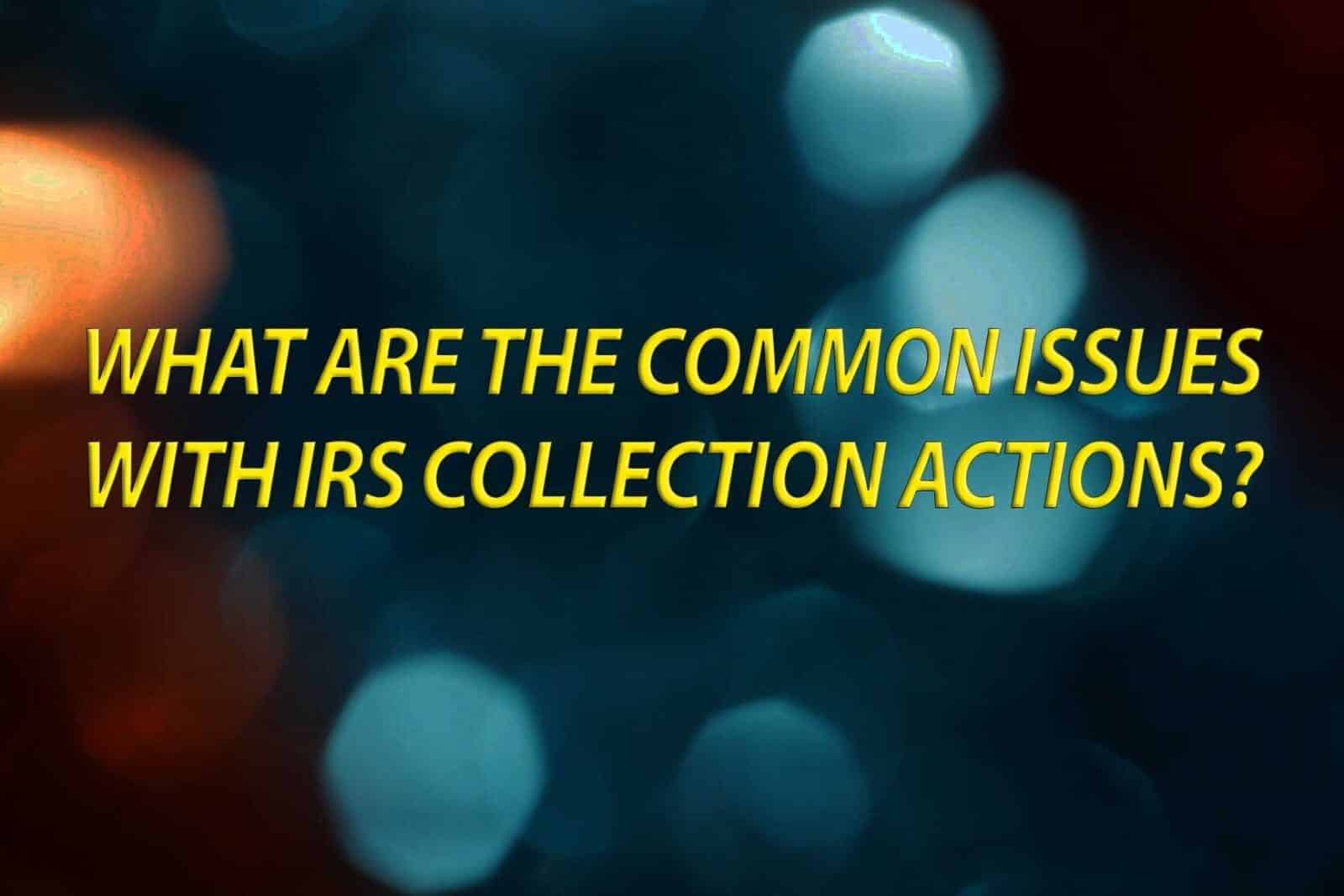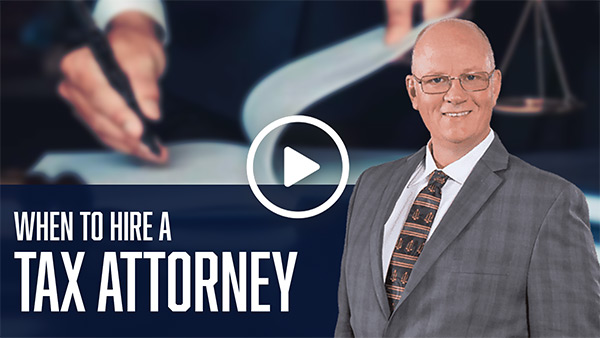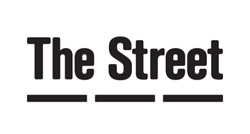
The first question, the taxpayer needs to ask, is who issued the levy at the IRS? Was it the Automated Collection Service (ACS) or was it a Revenue Officer? The Notice of Levy will include the name, address and phone number of the person/department who issued the levy. To request any release of levy, the taxpayer or their representative must contact the person/department who issued the levy.
Depending on the situation, a taxpayer may need to get in compliance with the tax filings before requesting a release of levy. If a taxpayer is not in compliance with their tax filings, an agreement cannot be formalized with the IRS. However, if the taxpayer is in immediate financial hardship, the IRS requires a completed Collection Information Statement (Form 433F or Form 433A) from the taxpayer along with proof of income and expenses to substantiate the taxpayer’s inability to pay the back taxes. BE CAREFUL, however, what the taxpayer thinks may qualify as immediate economic hardship may not be the same as the IRS’ definition of financial hardship. The IRS uses allowable standards based on the number of people in the household and the county the taxpayer resides in. What may be a taxpayer’s actual expense, may be disallowed because it exceeds the IRS’ allowable standards for living expenses.
If the IRS agrees that taxpayer does not have the ability to pay, the account will be placed in currently non-collectible (CNC) status and the levy will be released. However, in exchange, the IRS will file a federal tax lien, if a lien has not been filed already. A federal tax lien is filed to protect the government’s interest on the outstanding debt, which will effect a taxpayer’s credit rating.
If the financial information shows that the taxpayer has the ability to make payments, then the IRS may modify the bank levy to the amount of the disposable income on the financial statement, at least until the taxpayer is in filing compliance. Once a taxpayer is in filing compliance, an agreement can be formalized.
If a taxpayer is in filing compliance, the taxpayer can request resolution and a release of levy. Depending on taxpayer’s ability to pay as demonstrated by the Collection Information Statement (Form 433F or 433A) and supporting documentation, an agreement can be reached between the taxpayer and the IRS. Resolution can be either currently non-collectible (CNC) status based on the inability to pay, installment agreement to full pay the tax liability over time, a partial pay installment agreement, or if the taxpayer qualifies, an offer in compromise. If a taxpayer files an offer in compromise and it is accepted by the IRS, the federal tax lien is released once the offer amount has been paid in full.
Keep in mind, however, that if you try to release a bank levy more than 10 business days after it was issued, which is the date on the notice, there is no guarantee that the bank levy can be modified or released. This is because banks generally send the money from your bank account to the IRS anywhere between 10-21 business days from the date they receive the levy notice from the IRS. Once the IRS has the money from your bank account, even despite showing financial hardship resulting in CNC status, the IRS will not return your money. The IRS will never return money it has to you unless you can prove that you never actually owed for the tax period they levied you over, or that you made a payment towards.
















